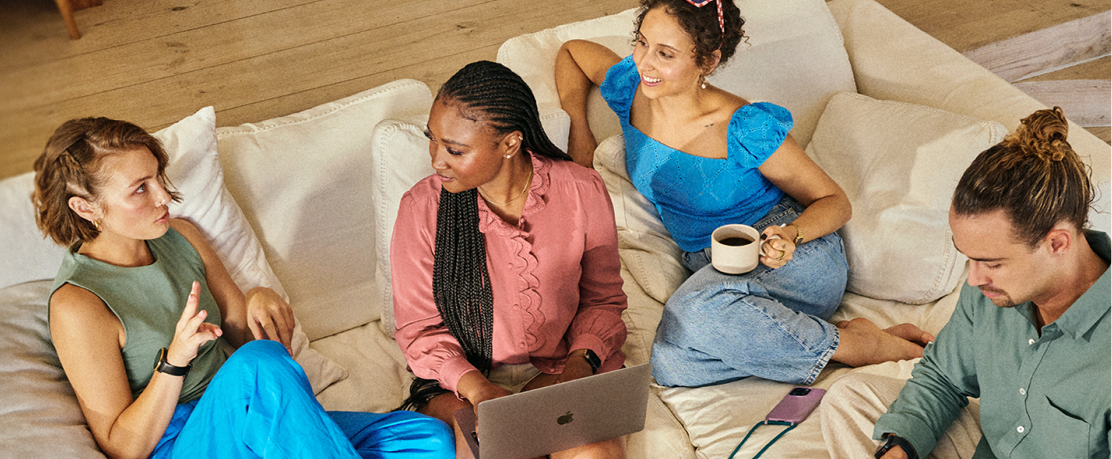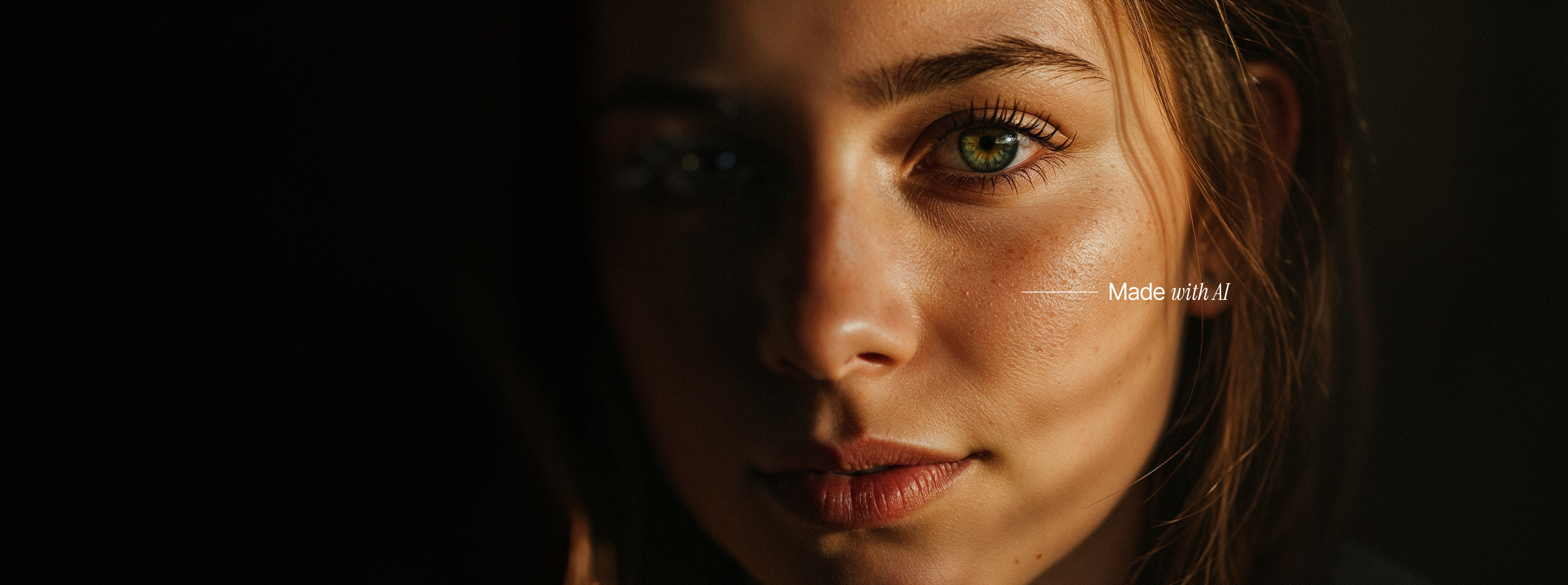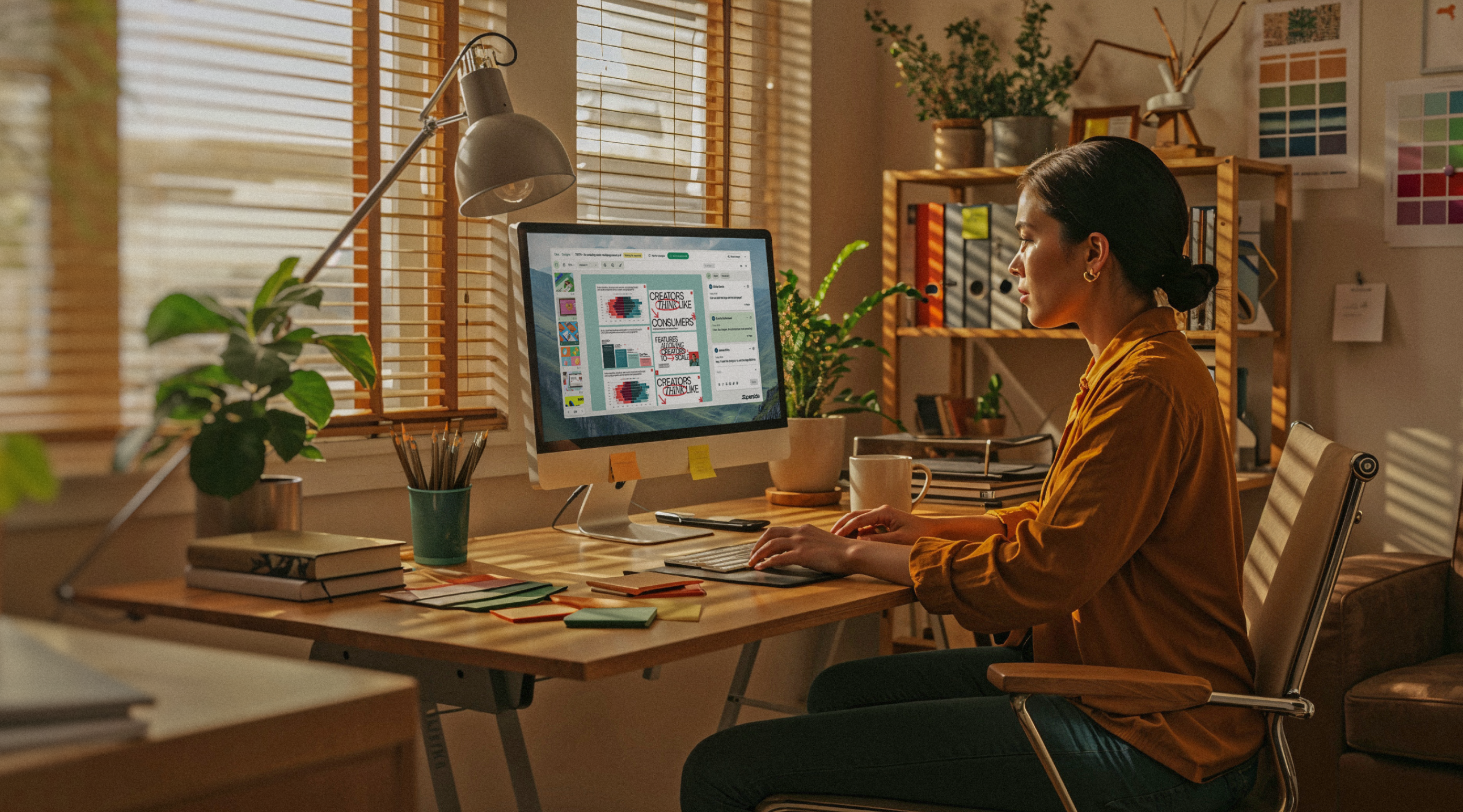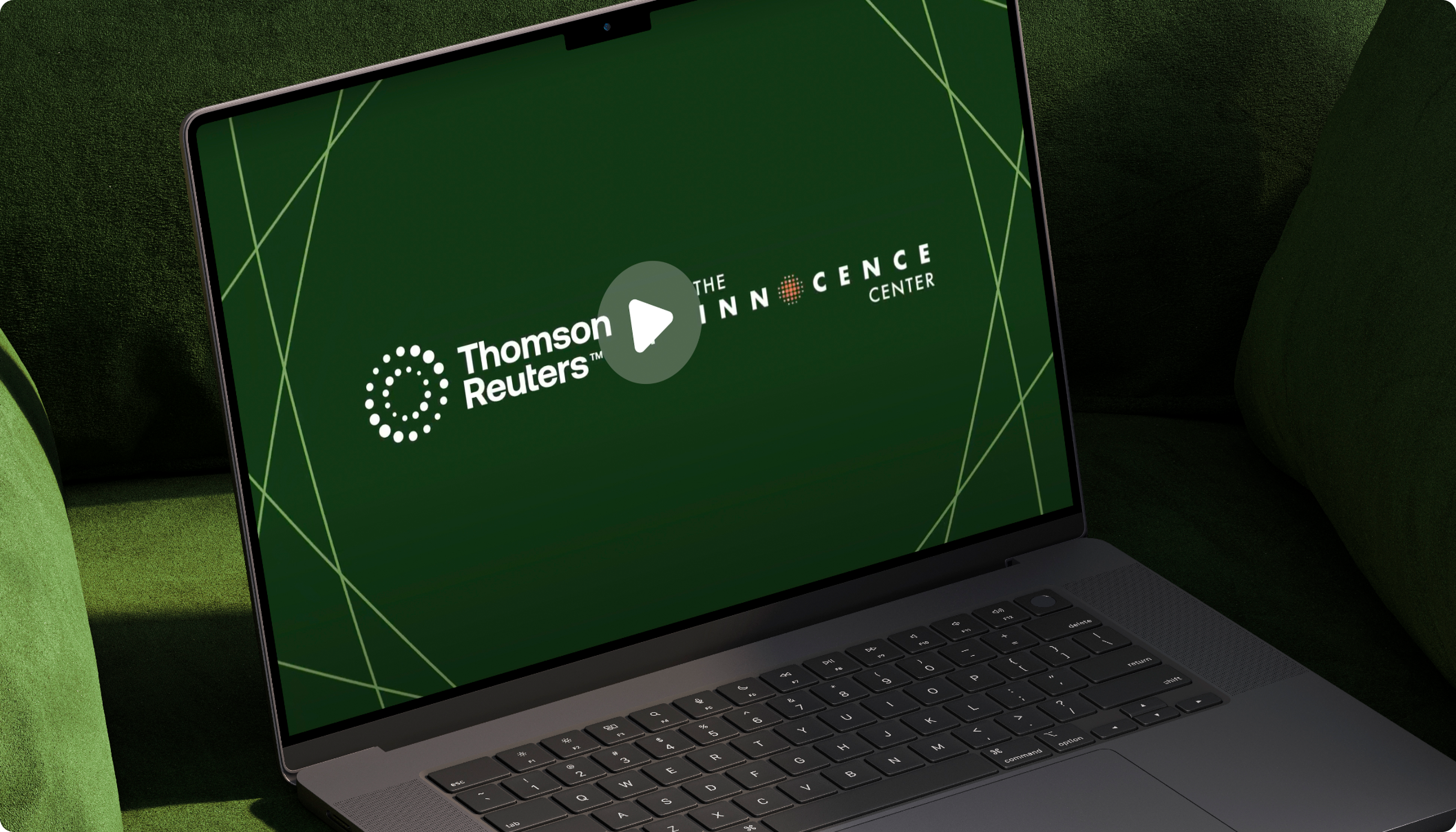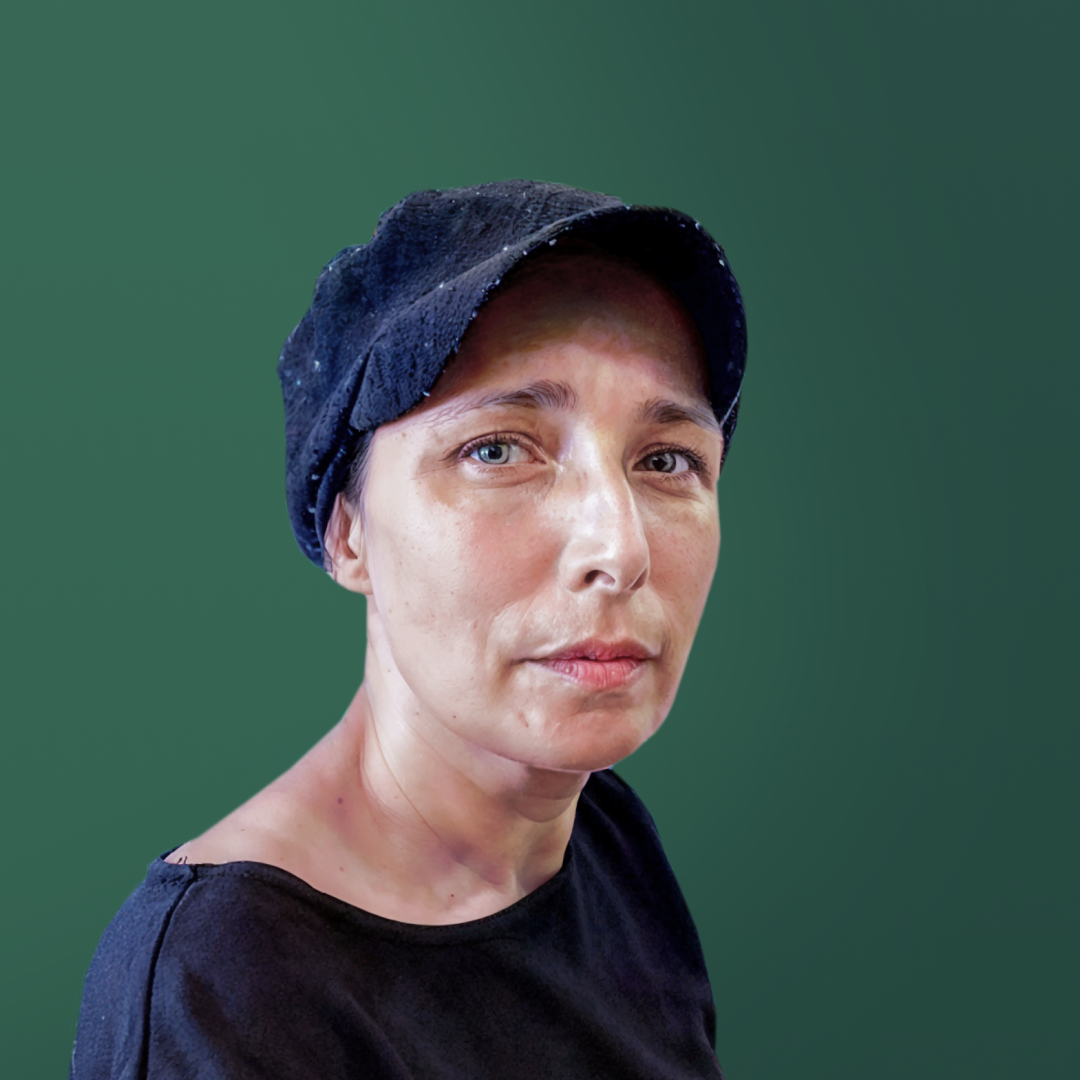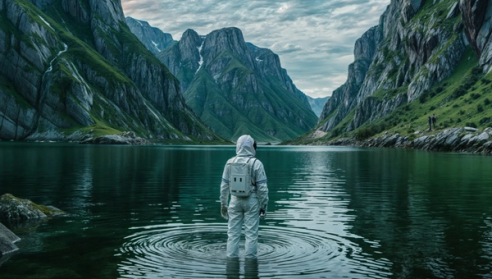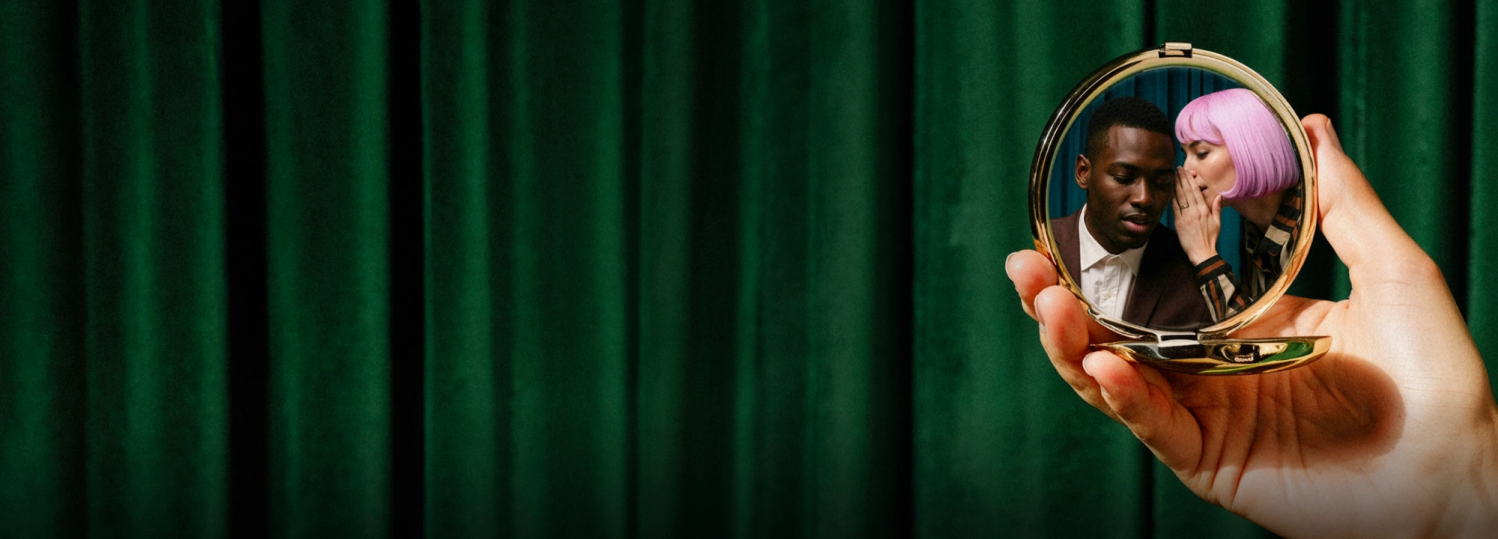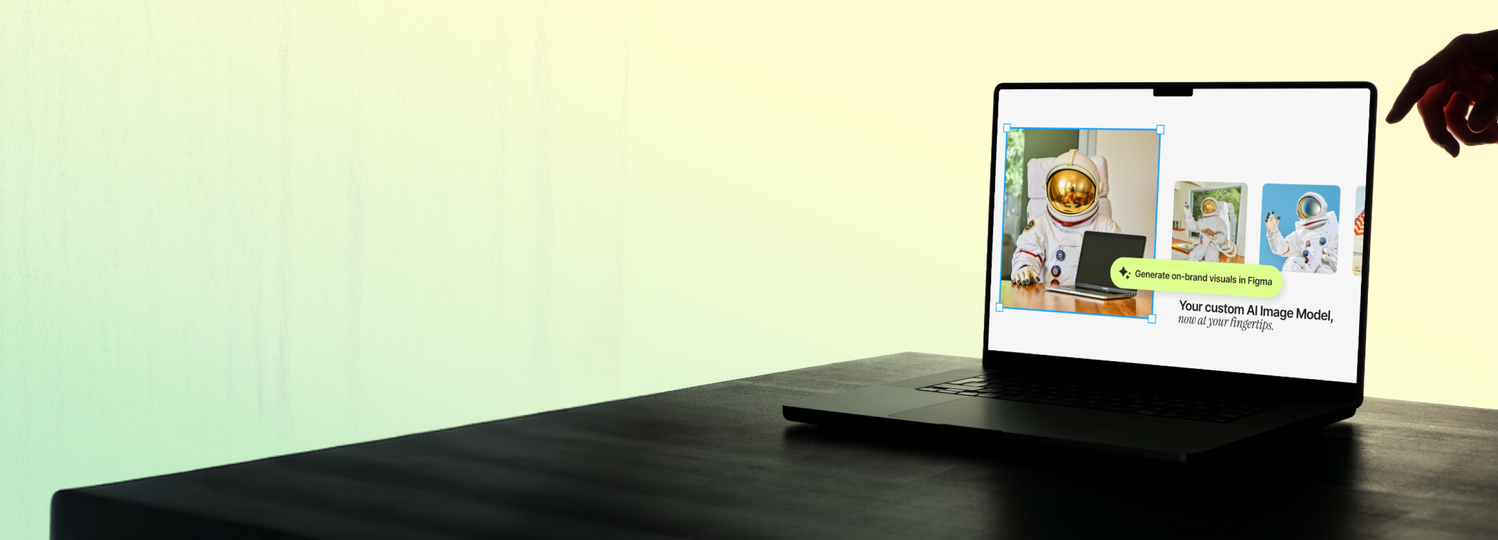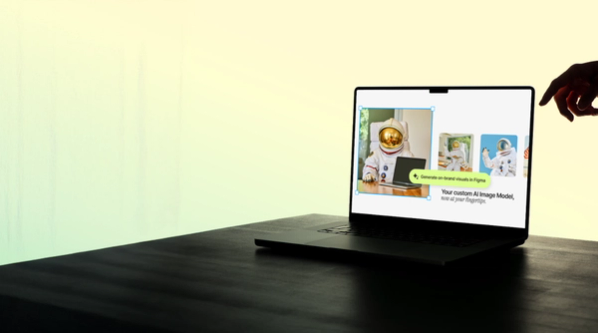How custom AI image models scale brand creative
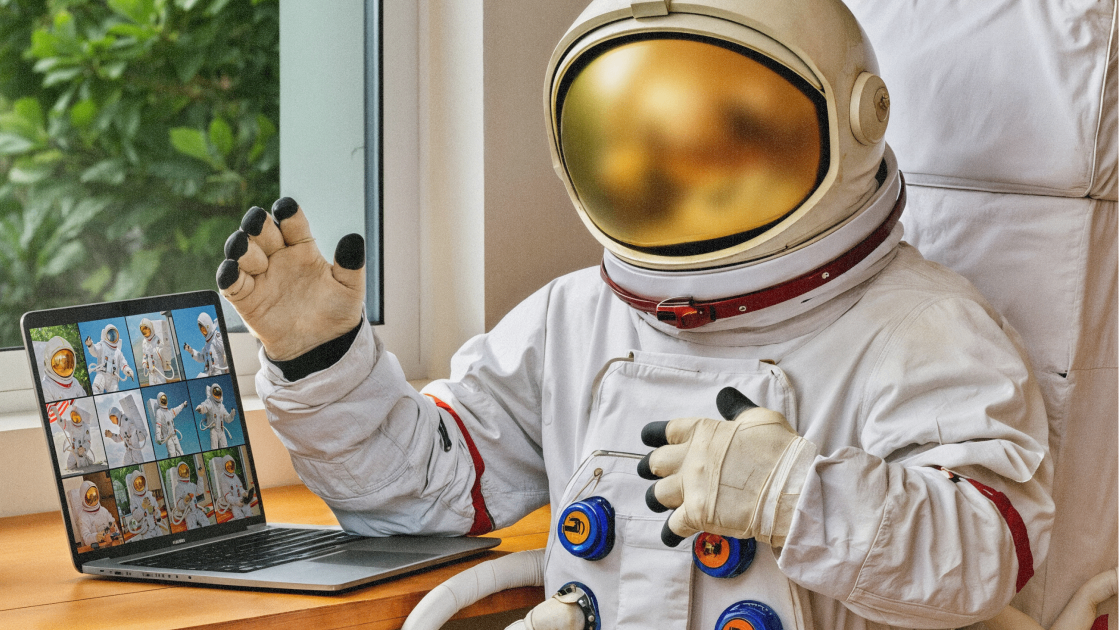
With generic AI image generators, anyone can get their own version of dogs playing poker. But if you need a polished library of brand images—say, a tricolor English springer spaniel in natural sunlight—you’re barking up the wrong tree. Unless… you have a custom AI image model.
You’ve got a set of brand icons—and now you need more. A lot more. Your lifestyle image library? Decent. But not quite right for the idea you’ve got in mind. And, at this point, you’re pretty sure your customers are playing bingo with all the recycled shots.
AI is fast and efficient. But most off-the-shelf image and illustration tools (foundation models) are trained on generic data. You can prompt them and share samples. You’ll get close—but never close enough.
Here’s the truth: No amount of prompting will teach these tools your brand. That’s not how they’re built. Once a generic image generator spits out your image, it forgets everything. It doesn’t learn or adapt. Maybe you’ll get similar results next time. Maybe not.
Custom AI image models change that. These specialized tools remember—so you can generate and iterate brand visuals quickly and easily.
Learn how custom AI image models free you to make magic instead of “meh.”
What are custom AI image models?
Trained (fine-tuned) on your brand, custom AI image models automatically apply your guidelines and specifications every time you generate a new visual.
Creative teams are using these models to produce everything from photography and abstract visuals to product shots, characters and icons—at scale. With a fully varied menu of outputs, they’re supporting use cases across product marketing, brand storytelling, advertising and multi-channel campaigns.
They’re moving from concept to campaign faster and hitting the mark with their audiences at the same time.
| Generic AI | Custom AI image model | |
|---|---|---|
| Learns your brand | No | Yes |
| On-brand visuals | Sometimes | Always |
| Lets you scale | No | 10X faster |
How do custom AI image models scale brand creative?
A brand accelerant, custom AI image models take you from generic outcomes to distinctive, high-quality results—10 times faster—spending 75% less time and lowering design costs 85% for each visual.
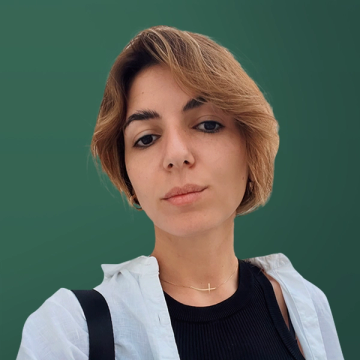
At Superside, our own internal performance data shows that custom AI images models deliver:
- 10X faster image creation.
- 75% less time spent per image.
- 85% lower cost per image.
While the performance numbers are impressive, what’s even more impactful is the consistency, freedom and scalability that custom AI image models provide. When AI is trained on your brand, you get high-quality, design-ready visuals that reflect the level of detail you need—in minutes.
- Saving hours of pre- and post-production time.
- Growing your asset libraries quickly and easily.
- Iterating more quickly and cost-effectively—even on tight deadlines.
The big picture: You spend less time making images—and more time making them matter.
AI image generation isn’t a one-size-fits-all solution—but when it fits, brands are already putting it to work.
Current examples include fashion brands showing a range of clothing and accessories on- and off-model, and the rise of fully AI-generated influencers. Just like traditional production, once you find a way to scale, you can double down on what works—and move faster toward what’s next.
What kinds of AI image models can brands create?
AI-powered brand image models are often named according to their primary use case. Here are just a few examples of the kinds of custom AI models a brand can build:
- Style models. Mostly about creative direction—like setting the style, texture, or overall vibe—used to build libraries of branded photographs and illustrations.
- Custom photography models produce lifestyle and photorealistic images.
- Custom illustration models allow for the rapid iteration of icons and other illustration components that frequently require variation.
- Object models. Produce clear, sharp photographic or illustrated product images that can be used for e-commerce and online listings, digital and social media ads, product videos and more.
- Character models. Like object models, these generate 2D or 3D visuals of people or figures—photographic or illustrated. They’re ideal for building expressive, on-brand characters that can show up anywhere from static ads to short-form video.
- General models. Used to create abstract patterns, textured backgrounds, 3D shapes, gradients and other graphic elements that complement core brand assets.
How are custom AI image models made?
There are a few ways to build a custom AI image model. If you’ve got the time and expertise, you can do it yourself using cloud-based tools like Hugging Face, which help automate parts of the training process. Or you can skip the learning curve and partner with AI-powered creative services experts, like Superside, to build custom style, object, character and general models tailored to your brand.
Here’s our approach:
We start by learning what kind of brand visuals you want to create and how they fit into your creative workflows. From there, we’ll help you pull together a focused set of 10 to 15 consistent, high-quality samples. This dataset is everything—the more aligned your input, the more on-brand your results. If you don’t have the right examples on hand, we’ll help you create them.
Once the data is ready, we train the model and begin testing and refining. We work closely with your team to make sure the output matches your expectations for quality and consistency.
When it's ready, you’ll access your model through a Superside-built Figma plug-in and easy-to-use prompting tool. We’ll make sure your team’s confident using it. And when you assign work to Superside, we’ll use the model too—so your visuals stay consistent, whether they’re made in-house or with us.
Looking for a “model” creative partner?
Look no further. Book a call to tell us about your team and your goals—and we’ll show you how our mix of creative services, AI expertise and hands-on support can help.
Already a customer? Just ask your Creative or Customer Success Manager about custom AI image models.
Ex-copywriter turned content strategist with two decades of creative chaos under her belt. She's helped scale content, brands and frozen pies—yes, really. Now? She empowers creatives to work smarter, not smaller.
You may also like these

Beyond the Brief: Developing AI-Generated Photorealistic Images
“A picture's worth a thousand words.” When advertising executive Fred R. Barnard coined this phrase in the 1920s, he probably wasn’t thinking about sports. But 100 years later, sports photography has created timeless images that connect us across sports, languages, cultures and borders.From Muhammad Ali standing triumphantly over Sonny Liston to Brandi Chastain celebrating her 1999 FIFA Women's World Cup final winning penalty kick, these captured moments in time inspire future generations of athletes and fans. This connection through photography was top-of-mind for the team at Tokyo-based SmartNews when they came to us with a campaign that required captivating close-up visuals depicting various sporting events.Stock photography couldn’t deliver, but could AI? Ben Martinez, Senior AI Project Manager at Superside, says it was a challenge built for AI-powered creative services. The Brief: Create a Library of AI-Generated Photorealistic Images
Beyond the Brief: Reimagining Lead Generation Ads With AI
When it comes to lead generation, first impressions matter.The door-to-door salesperson of digital marketing, lead generation ads have one sole purpose: Capturing someone’s attention so well that they’ll share their contact information, opening the door to future communication.The way to your tech audience’s heart? Innovation. Boomi, a leading integration platform, wanted to apply elevated AI-enhanced imagery to its lead generation assets, creating sparks to break the ice and ignite conversations.How do you push boundaries and scale ad production, without running out of ideas? Go beyond the brief with Superside’s AI-enhanced creative team as they share their process for AI image ideation and generation.
